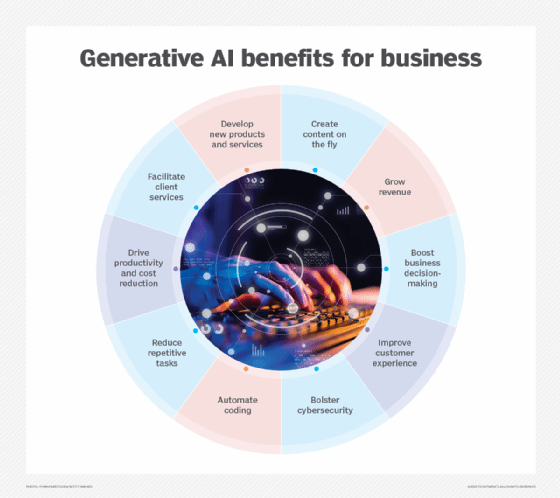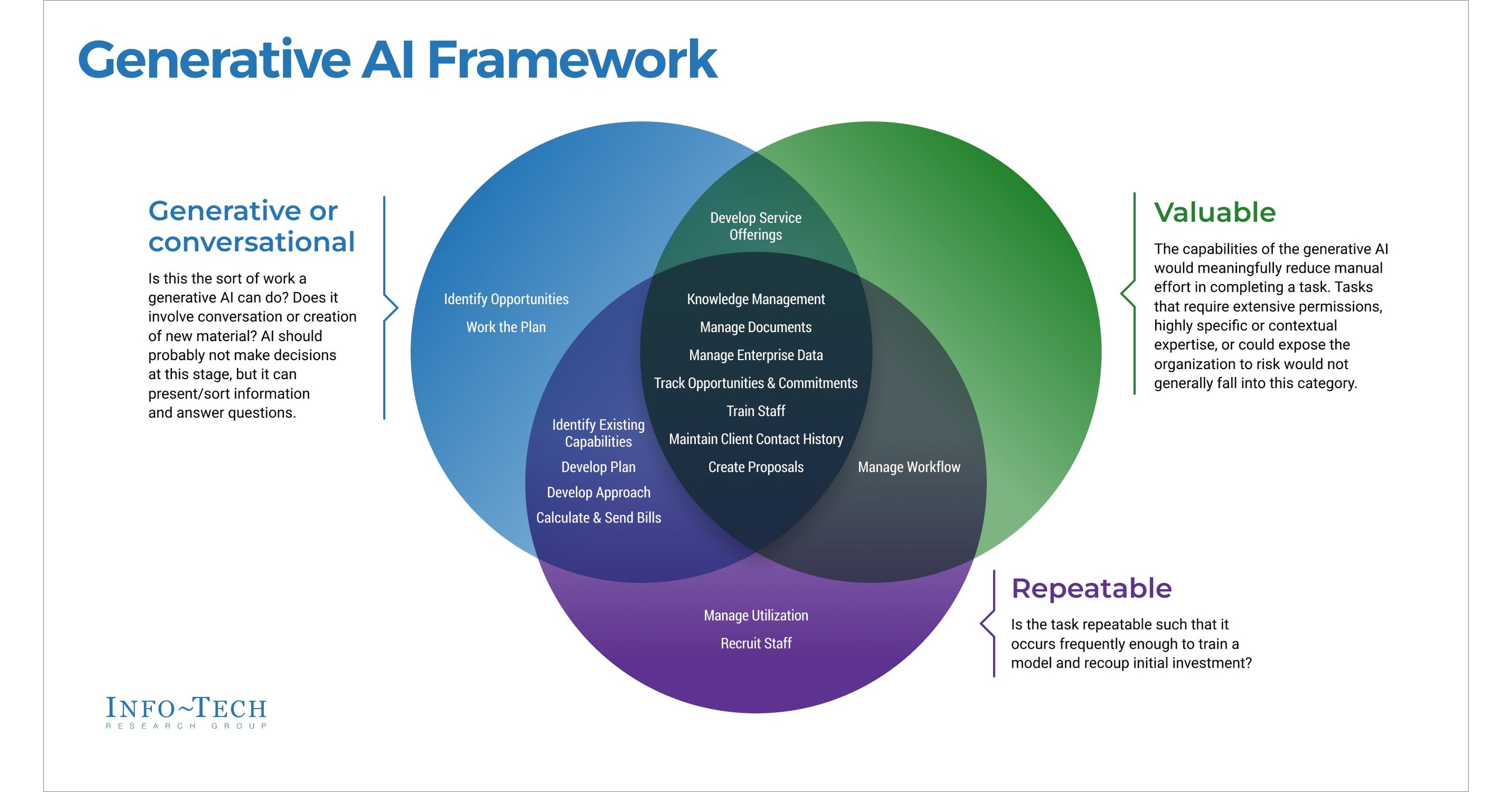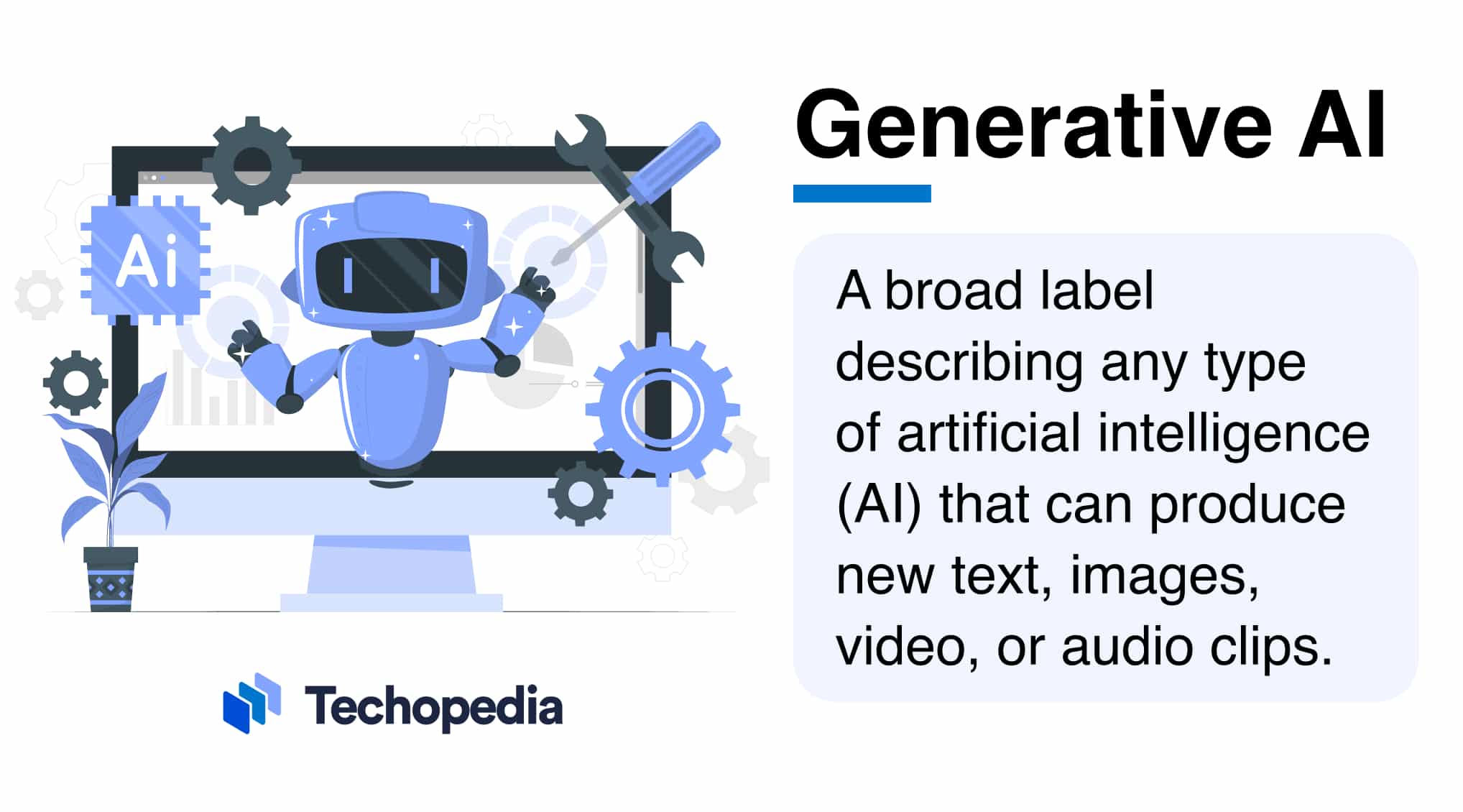All Categories
Featured
As an example, such versions are trained, making use of countless examples, to forecast whether a certain X-ray shows indicators of a tumor or if a specific consumer is most likely to back-pedal a finance. Generative AI can be thought of as a machine-learning design that is trained to develop new information, as opposed to making a prediction concerning a particular dataset.
"When it pertains to the real equipment underlying generative AI and various other types of AI, the distinctions can be a little bit blurred. Sometimes, the exact same algorithms can be made use of for both," states Phillip Isola, an associate teacher of electric design and computer system scientific research at MIT, and a participant of the Computer technology and Expert System Lab (CSAIL).

Yet one big distinction is that ChatGPT is much bigger and more complex, with billions of parameters. And it has been trained on an enormous amount of data in this case, much of the openly readily available text online. In this significant corpus of text, words and sentences show up in turn with specific dependencies.
It finds out the patterns of these blocks of text and uses this expertise to suggest what may follow. While bigger datasets are one catalyst that brought about the generative AI boom, a range of major study advancements likewise caused even more complicated deep-learning designs. In 2014, a machine-learning design called a generative adversarial network (GAN) was recommended by researchers at the College of Montreal.
The generator tries to trick the discriminator, and at the same time finds out to make even more realistic outputs. The image generator StyleGAN is based upon these types of models. Diffusion designs were presented a year later on by researchers at Stanford University and the University of The Golden State at Berkeley. By iteratively fine-tuning their outcome, these designs learn to generate brand-new data examples that resemble samples in a training dataset, and have actually been made use of to develop realistic-looking pictures.
These are only a few of numerous approaches that can be used for generative AI. What every one of these strategies have in common is that they transform inputs into a set of tokens, which are mathematical depictions of portions of data. As long as your information can be exchanged this criterion, token format, after that in concept, you can apply these approaches to create new data that look comparable.
Ai Industry Trends
But while generative designs can achieve extraordinary outcomes, they aren't the very best choice for all kinds of information. For jobs that involve making predictions on organized data, like the tabular data in a spread sheet, generative AI models tend to be surpassed by traditional machine-learning approaches, states Devavrat Shah, the Andrew and Erna Viterbi Professor in Electric Engineering and Computer Technology at MIT and a participant of IDSS and of the Research laboratory for Information and Decision Solutions.

Previously, humans needed to speak to equipments in the language of machines to make points happen (How does AI improve medical imaging?). Currently, this user interface has determined how to talk with both humans and makers," says Shah. Generative AI chatbots are now being used in telephone call facilities to area inquiries from human consumers, but this application emphasizes one possible red flag of implementing these models employee displacement
Ai Ethics
One promising future direction Isola sees for generative AI is its use for manufacture. Rather than having a model make a photo of a chair, maybe it could create a strategy for a chair that could be produced. He also sees future usages for generative AI systems in developing much more normally intelligent AI representatives.
We have the capacity to believe and dream in our heads, to come up with interesting ideas or strategies, and I believe generative AI is among the devices that will empower agents to do that, too," Isola says.
Ai Data Processing
Two extra recent developments that will certainly be discussed in more information listed below have played a vital component in generative AI going mainstream: transformers and the innovation language designs they enabled. Transformers are a sort of artificial intelligence that made it possible for researchers to educate ever-larger models without having to classify all of the information in advancement.

This is the basis for tools like Dall-E that immediately produce images from a text description or create message subtitles from pictures. These innovations regardless of, we are still in the early days of utilizing generative AI to develop legible text and photorealistic elegant graphics. Early applications have actually had problems with precision and predisposition, in addition to being vulnerable to hallucinations and spitting back strange answers.
Moving forward, this modern technology could aid compose code, style brand-new medications, create products, redesign business procedures and change supply chains. Generative AI begins with a prompt that might be in the form of a message, a photo, a video clip, a style, musical notes, or any input that the AI system can refine.
Scientists have actually been producing AI and other tools for programmatically producing content given that the early days of AI. The earliest strategies, understood as rule-based systems and later as "professional systems," used clearly crafted policies for creating responses or information sets. Semantic networks, which create the basis of much of the AI and device learning applications today, flipped the problem around.
Established in the 1950s and 1960s, the initial semantic networks were limited by an absence of computational power and tiny data collections. It was not till the development of huge information in the mid-2000s and enhancements in hardware that neural networks became functional for creating content. The field sped up when scientists found a means to obtain neural networks to run in identical throughout the graphics processing units (GPUs) that were being utilized in the computer system video gaming sector to make computer game.
ChatGPT, Dall-E and Gemini (formerly Bard) are popular generative AI interfaces. Dall-E. Trained on a large data set of pictures and their linked message descriptions, Dall-E is an example of a multimodal AI application that identifies connections throughout several media, such as vision, text and sound. In this case, it attaches the meaning of words to visual aspects.
Ai-powered Advertising
It enables users to produce images in multiple designs driven by customer motivates. ChatGPT. The AI-powered chatbot that took the globe by tornado in November 2022 was constructed on OpenAI's GPT-3.5 application.
Latest Posts
Ai Coding Languages
Ai-powered Crm
How Does Ai Enhance Customer Service?